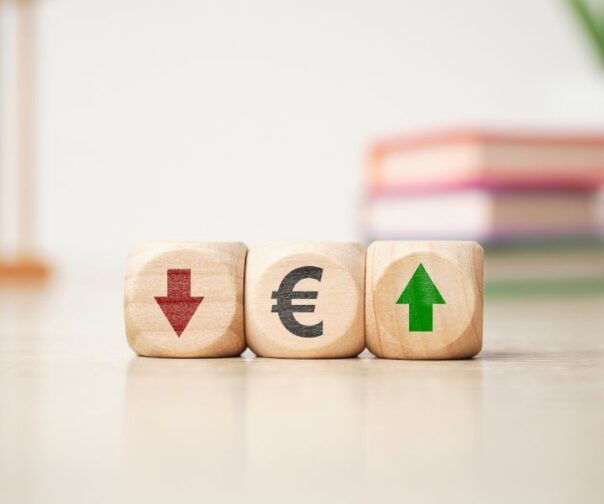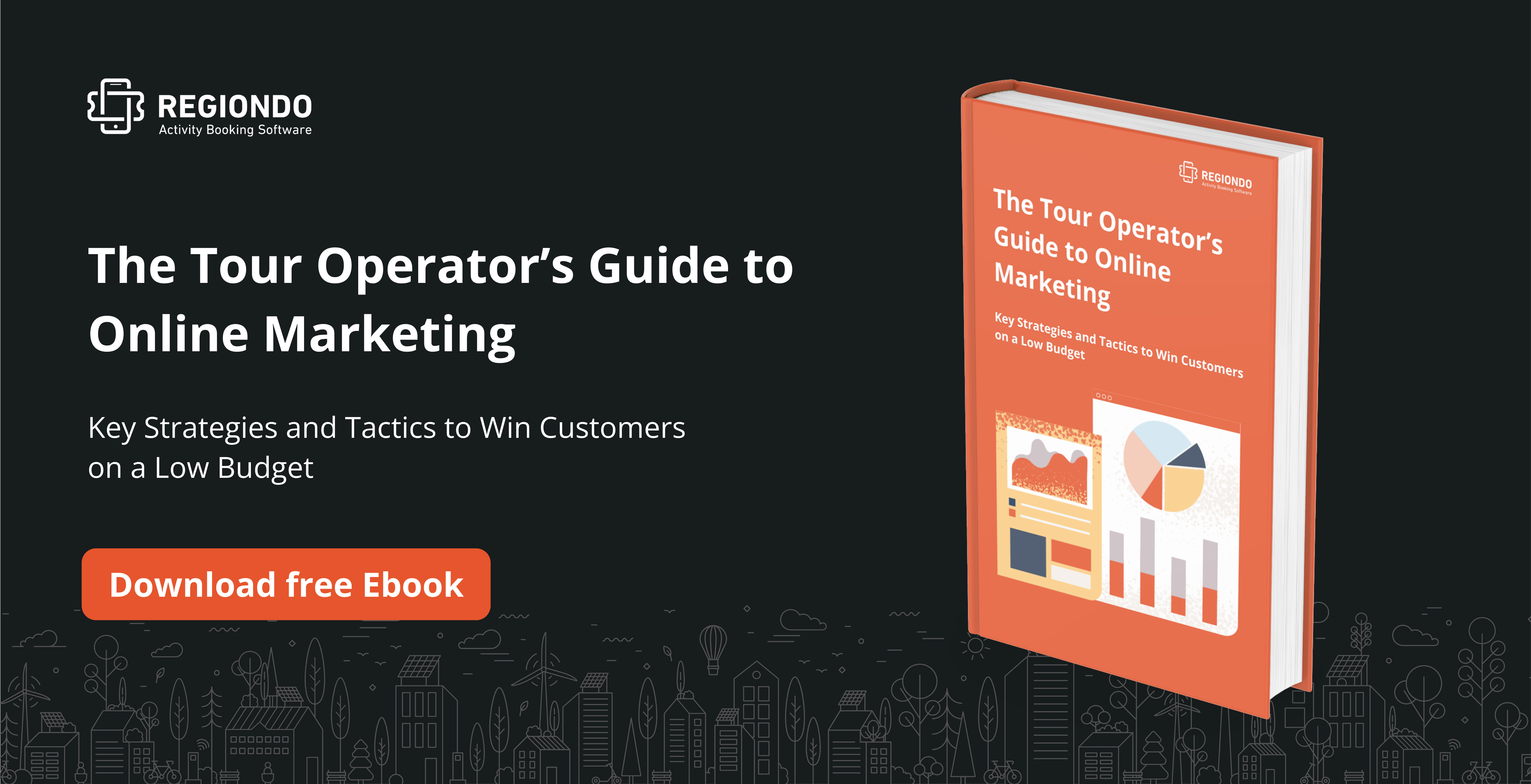While dynamic pricing is an industry-standard in airlines and hospitality, experts agree it will soon be common practice in the activity space as well. However, the tour and activity business is different from hospitality and airlines.
Most bookings are made within 72 hours of the activity date (63%) and 40% of those bookings are made on the same day.
That’s in stark contrast to lodging and airfare which are typically booked well in advance.
Keeping that in mind, in this article we’ll look at the do’s and don’ts of dynamic pricing as it relates to the leisure and entertainment industry. We’ll share best practices that let you minimize quiet days, plan in advance, delight your customers, and maximize revenue.
But first, let’s look at what dynamic pricing actually means along with some examples to solidify our understanding.
Ready? Let’s go.
Did you know you can set up your online store with Regiondo in less than 5 minutes? Try it for free to reach your customers at the right time and place with customized offers.
What is dynamic pricing?
In simple terms, dynamic pricing means adjusting your prices to meet changes in customer demand. Dynamic pricing can be seen in industries such as airlines and hospitality. Hotels often increase room prices during holidays and other busy times. At the same time, you can fly across Europe for the price of dinner during low season.
When it comes to the leisure industry, common examples of dynamic pricing include seasonal tickets, group discounts, and early-bird promotions.
The Do’s of dynamic pricing
Disclaimer: As every business is different, we cannot guarantee positive results and you are ultimately responsible for the success or failure of your initiatives.
1) Use dynamic pricing sparingly
Daily or hourly changes can do more harm than good in an industry that relies heavily on referrals and online reviews. Would you be happy if you had to pay more than your friends who recommended an activity? I thought so. Although you should test different price points, make sure you spread tests over a longer time period and meet customer expectations.
2) Seasonal pricing and weather-based marketing
Seasonal pricing is a common practice for many outdoor tours and attractions. A less common strategy that yields a similar result is weather-based marketing. One advantage of increasingly accurate weather forecasts is the ability to create promotions with more confidence. If you know the weather this week will be bad, why not introduce a temporary discount to attract more people? Combine that with social media, your agent network, and mailing list to get maximum exposure.
3) Early bird tickets and group discounts
Remember the research about bookings we mentioned earlier? People often book within 72 hours of the activity date which can expose you to a lot of risk. Due to factors outside of your control, you may end up working well below capacity or getting overbooked. This is why early bird tickets and group discounts are so helpful. By encouraging customers to buy early and in bulk, it’s easier to plan ahead and manage your capacity.
4) Make sure your tests are accurate
When testing prices, make sure you have enough data and minimize external influences. Try to compare similar times of the year or month, always using the same time frame. After all, the people who visit in the summer could be much different to the ones visiting in autumn. So make sure you make accurate comparisons and use both revenue and net profit to deduct conclusions from your tests.
What to avoid
Your price adjustments should ultimately serve your customers, not just your business. This is why we’ve also prepared a set of practices you might want to skip in order to avoid disappointing them.
Unreasonable price discrimination
Ensure your price changes make absolute sense. Seasonal pricing and early bird tickets are something people are used to. It’s easy to understand that an outdoor activity will be more in demand during the summer. On the other hand, checking prices one day and finding they are higher on the next with no apparent reason delivers a bad experience to your customers.
High-frequency price changes
Leave hourly and daily changes to large online retailers like Amazon. This can bring huge complexity to your pricing strategy. Also, your customers are likely better connected to each other compared to Amazon’s which rarely know what price other people see for a product.
Pricing based on location, age, and gender
While this is not illegal, it may create complaints and lead people to try and cheat. Think about who is most likely to enjoy your service and create value around them. You can give a student discount, but will they appreciate it more than a family of 4 who may come back again and again over time?
Conclusion
Now you know what dynamic pricing is along with some examples to make it concrete. You also know why it’s helpful for improving customer service, allowing more people to experience your activity, and maximizing revenue. Finally, you have a set of best practices and things to avoid when it comes to dynamic pricing. If you haven’t already, now’s the time to try it out.
You might also like:




